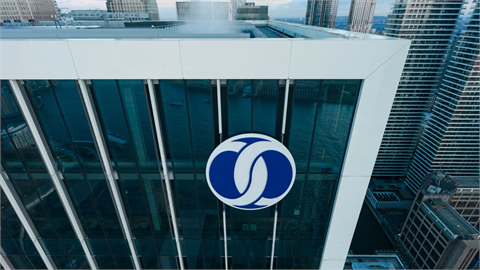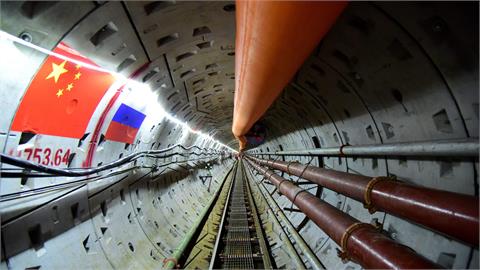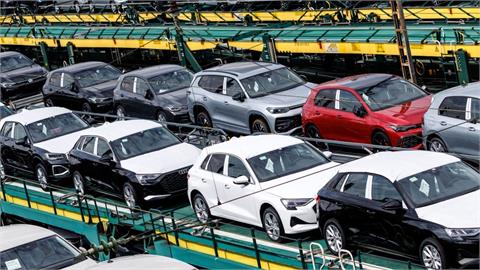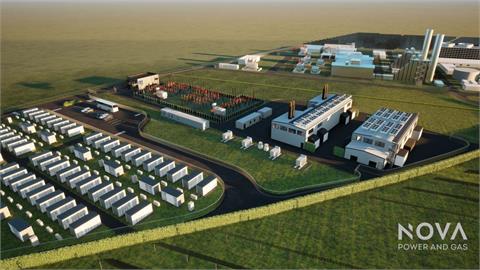ExxonMobil, the US energy group, is moving to capitalise on growing demand in Asia by
inaugurating the world’s first facility that processes crude oil directly into
petrochemical products at a facility in Singapore, according
to a report by Financial Times on January 8.
The facility, part of a plant that accounts for a quarter of Exxon’s global chemical output, is the largest single manufacturing investment
in the Asian city-state.
According to company sources, Exxon had invested more than $3.5bn in the
facility.
Higher living standards in Asia have led to a jump in demand for
petrochemicals, used to make polythene and polypropylene, which are components
in packaged consumer goods and synthetic fibres that make clothing.
Rex Tillerson, chief executive, said global chemical demand would grow faster than gross domestic product expansion as living
standards continued to rise. "Two-thirds of that growth in chemical demand will
be here in the Asia-Pacific region,” he said at the inauguration of the
facility on Wednesday.
Energy and chemicals are the biggest contributor to Singapore’s
manufacturing output, with Mitsui, BASF and Shell also operating in the country. Shell’s largest oil refinery is based in
Singapore, where it also processes ethylene.
Petrochemicals such as ethylene, used to make plastics, are typically
produced in Asia from refined oil products such as naphtha, at facilities known
as steam crackers. New technology used at the Exxon facility in Singapore can
take certain kinds of crude oil as feedstock for the cracking process without
the need for prior refining. "Converting
crude directly into chemicals has several advantages over processing naphtha,
the standard feedstock in Asia,” said Stephen Pryor, president of ExxonMobil
Chemical.
"It lowers feedstock costs, and it saves energy and reduces emissions by
eliminating the refining steps needed to produce naphtha.”
This new Exxon facility is part of the expansion of a chemical plant that was built in
2002 on the island of Jurong, site of a cluster of petrochemicals companies. Singapore, which supplies a third of
southeast Asia’s fuel, has been trying to attract
investment from companies operating downstream in the petrochemicals sector.
Related content
Monday, 22 December 2025
Monday, 22 December 2025
Wednesday, 17 December 2025
Wednesday, 17 December 2025



